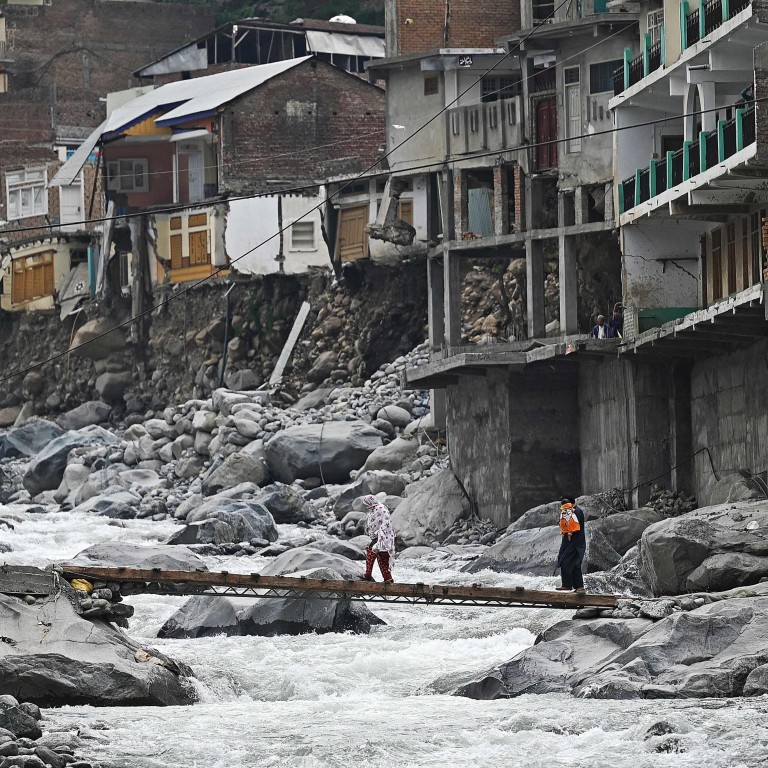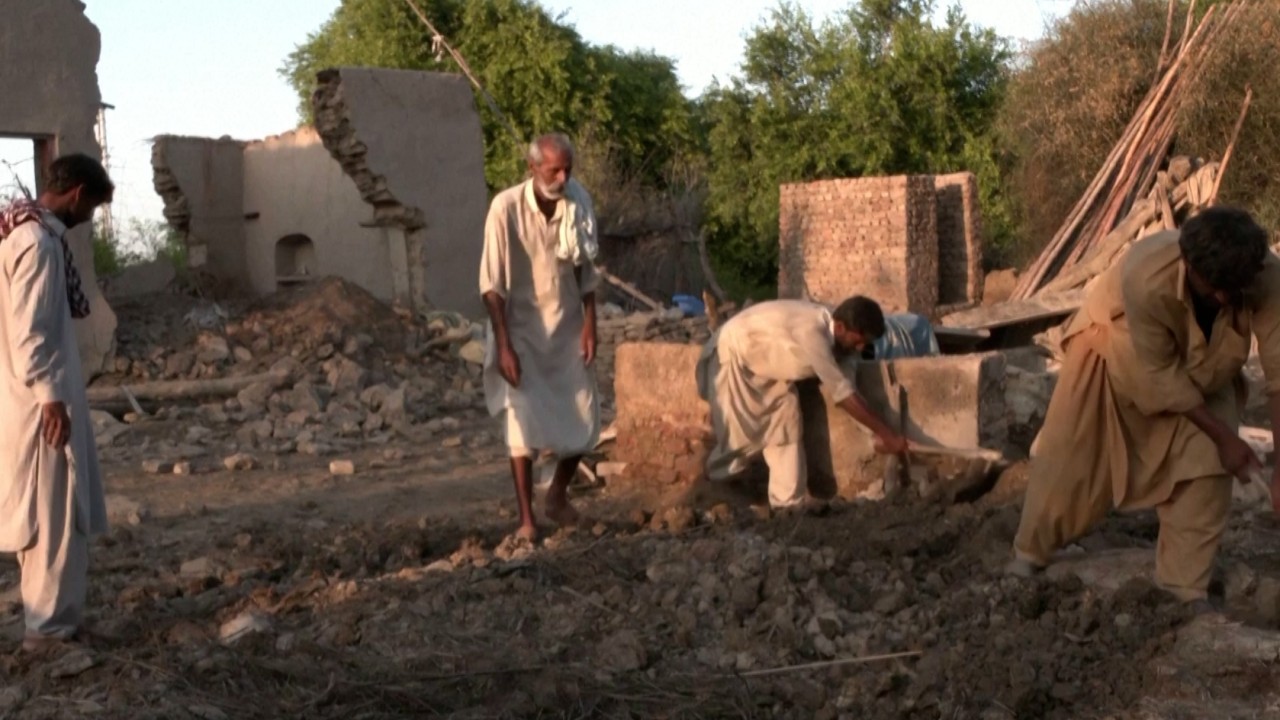
On climate action, India and China should do better by their neighbours
- While countries in South Asia are on the brink of climate disasters, the regional giants are intensifying their use of fossil fuels
- China and India may have the resources to cope with the consequences, but their neighbours do not have the same level of adaptive capacity
South Asia has long faced the dire threat of climate catastrophes. Yet, most of its urban and rural areas remain inadequately equipped to handle the increasing complexity of anticipated heatwaves, cyclones and rainfall. Immediate climate action is needed.
Perhaps people aren’t yet suffering enough for policymakers to give climate change their full attention. Why else would governments disregard the hazards it poses? One possible explanation for this may be that media reports on climate change were not strongly worded enough to convince the developed world to respond with urgency.
The IPCC report highlights a grave global reality: global average temperatures are likely to cross 1.5 degrees Celsius above pre-industrial levels in the early 2030s. Once that threshold is breached, scientists expect the effects of climate change to be so severe that it may become impossible for human beings to adapt.
The Food and Agriculture Organization turns its attention to South Asia in an alarming report headlined “El Niño to return in 2023 following a three-year La Niña phase”. A total of 20 countries face the threat of excessive rainfall, while 42 countries are at risk of the dry conditions induced by El Nino.
The report draws attention to countries in southern and eastern Asia, including Pakistan, which continues to grapple with the aftermath of last year’s devastating floods.
COP27: Island nations want China and India to pay for climate damage
Worse, the World Bank’s report on South Asia describes the region’s low level of readiness to address climate challenges, especially heatwaves. There were more than 3,600 fatalities during the India-Pakistan heatwave of 2015. Last year, at least 1 billion people in the two countries experienced further record-breaking temperatures.
As a responsible stakeholder, India is expected to take urgent measures to mitigate negative climate impacts. However, the country is increasing its reliance on coal to fulfil energy its needs, regardless of the resulting pollution. “Our energy needs are first and foremost. The share of other sectors like renewable energy is not keeping up with our energy demand. Therefore, our dependence on coal is established,” Indian Coal Secretary Amrit Lal Meena said in an interview. “Whatever we produce is consumed. Every coal mine matters.”
China has a similar justification for using coal. In a summary of fuel consumption data for 2022, the National Bureau of Statistics said that China’s approach is to capitalise on its abundant coal reserves and allow coal to assume its pivotal role as the backbone energy source.
Fair enough, countries must provide their citizens with the essentials, but this energy consumption comes at an inequitable cost to the planet, particularly South Asia. One state’s emissions are another state’s disaster – the two economic giants may have the resources to cope with the catastrophes that their emissions cause, but their neighbours do not have the same level of adaptive capacity.
Sitting on the brink of further disasters, climate-vulnerable South Asia can either exhaust its limited resources to prepare for climate change or do nothing, only to be swept away as the storms of adversity make landfall.
Rizwan Basir is a sociologist who works as a climate finance specialist at the Climate Resourcing Coordination Centre (CRCC), based in Islamabad, Pakistan


